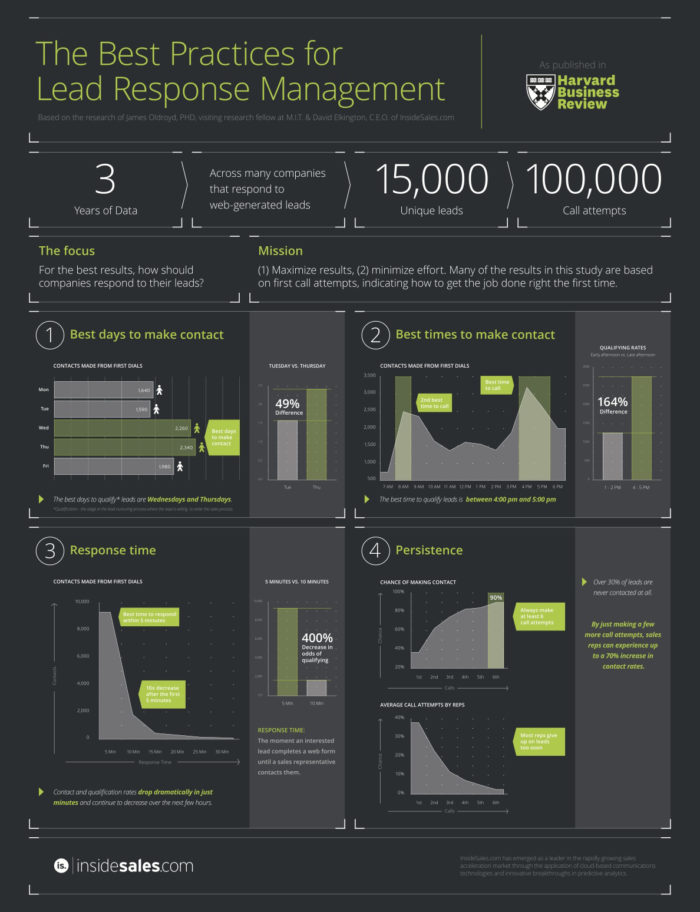Power your business ahead of your competitors – optimise data and communicate effectively with customers. Eric Gordon examines the dos and don’ts of successfully connecting and integrating CRM with marketing automation.
Customer relations management (CRM) is an important facet of maintaining a strong business. The next logical step is to integrate CRM with marketing automation. Not only does this provide streamlining connections with buyers, but it also saves the business money.
It’s a constant back-and-forth for customer relations between the marketing team and sales engagement. Automating as many of these instances as possible helps to improve buyer relations. It also contributes to a more effective way to conduct business. After all, efficiency has potential to vastly improve annual net income.
Unfortunately, not every organisation integrates these two systems together in a logical manner. In reality, many points of failure in marketing automation are traceable to poor or a lack of integration with the CRM platform.
What can be done to improve how these two systems connect with each other?
DO establish rules for lead synchronisation
Setting up rules for lead synchronisation helps keep data organised and clean. It will also give to a higher quality standard of that information. These rules need to be enforced for what information is shared between the CRM and marketing, and when that data is relevant.
Not every piece of information needs to be integrated between the two systems. While data such as email addresses, names of organisations and individual names is important, sharing too much becomes irrelevant and clutters the database.
The best way to implement these rules is to have the marketing and CRM teams work together to determine which data is relevant when it comes to syncing the information. Besides, no-one knows better about the data needed than those who are part of those specific systems.
Another important aspect to consider is reducing the need of custom fields. Although custom data can be useful, it also makes navigation a bit more difficult in the long run. Keeping things as simple as possible helps streamline the process.
DON’T push leads to CRM too soon

View the infographic here.
During a hand-off from marketing to sales, timing is everything. The faster this hand-off occurs, the more likely a lead will turn into a sale. For instance, InsideSales.com reports that a five-minute qualifying lead hand-off is greater than a 10-minute hand-off by four times. Additionally, the odds are 21 times greater for qualifying a lead after five minutes rather than 30.
However, pushing marketing leads too soon can have adverse affects. In reality, it has potential to greatly decrease the potential for making a sale. MarketingSherpa, a strong research resource for integrated marketing, states that 61 per cent of B2B marketers send all leads to the sales department. Unfortunately, only 27 per cent of those leads are ready to make a purchase.
Nurturing leads will also contribute to a 47 per cent larger purchase on average. This means customers who are finessed and cared for are more likely to spend more money. This is because of the trust and interaction established before buyers even speak to the sales department.
DO auto-sync and regularly update data on both systems
Keeping the flow of information regular between the CRM and marketing platform is imperative. This way, both areas are constantly updated with pertinent information. For example, if there are changes to a contact number or email address, everyone needs to be aware. Otherwise, one department will be without current data and may potentially contact the wrong individual because of incorrect information.
The last thing any company needs is outdated contact numbers when trying to call a potential buyer or current customer.
For this to work flawlessly, there needs to be a system of record established which performs constant updates. This flow determines which system is primary in the event of data conflicts. For example, some applications may use a time stamp recording of information to determine which information is the most current and then overwrite the old data.
DON’T miss out on the opportunity to use gathered data for market analysis
Analytics is a prominent source of information that helps create strong strategies in sales and marketing. Understanding the return on investment demonstrates whether any particular system is actually working.
Data is invaluable when it comes to decision-making. Data about costs per lead, opportunities as well as the success of deals, help fuel a more predictable outcome. Through integration, true ROI is discernible for almost any campaign.
DO use CRM data to create targeted and personalised marketing campaigns
Personalising the experience has potential to be far more productive than other methods. For example, automating emails that use CRM data for leads and customers are 22.2 per cent more likely to engage the recipient especially when the individual’s name is used. They also earn 18 times more revenue on average when comparing to bulk messages.
Leveraging data from CRM systems with marketing campaigns provide a better method for connecting with customers. Using personal data, these messages are viewed more relevant and inspire customers to act.
Through previous interactions, the CRM system will decide what customers find the most appealing. This is beneficial for determining when the best time is to send him or her a message.
DON’T forget to cleanse the data
Keeping the data clear of debris is important for any aspect of the business. The less clutter there is, the less likely errors and complications will arise. For instance, using duplicate email addresses for more than one record will lead to confusion. This is problematic for those who need the correct data immediately.
Clutter in the database reduces the efficiency of everyone who uses it. From communications with potential customers to interactions within the business, faulty data will eventually cause issues. A single unified record greatly reduces the complications that will arise while making the organisation look far more professional to the prospective customer.
Duplicating records will also lead to an inefficient use of a database. Queries will become slower over time while retrieving outdated or incorrect information. Keeping the data clean improves functionality as well as accuracy of reporting elements.
DO make vital marketing activities visible in CRM
Displaying all activities of marketing to sales often delivers an overabundance of information. The end result is a sales department that is unable to sift through the information to decide actions when engaging customers. A simple system from marketing is enough to help the sales staff, especially if there are summarising points available.
For a business to optimise efficiency, the left hand needs to know what the right hand is doing. In other words, sales needs to know what marketing is providing to the customer and vice versa.
When sales has visibility into what marketing is providing, there is a greater chance for successful conversions. This is especially true if either department shares only pertinent and key activities about each customer.
DON’T overlook the importance of training your staff
It’s one thing to have a plan of action when it comes to integrating systems. It’s another to have the staff take action. Although it may look good in the planning phase, the actual integration still needs to be implemented by users. Both the sales and marketing teams need to have proper training of those systems.
The more educated staff are in regards to any system, the more efficient they will be. Too many organisations simply apply elements to CRM or marketing automation without instructing employees how to make the most of those systems. The end result is a lack of understanding and a much lower rating when it comes to efficiency. Regular training strengthens the business as a whole.
Three important keys to integrating CRM with marketing automation:
- CRM
- Data
- Integration set-up
Administrators need to expect to engage all three in order for the transition to be smooth.
A business is stronger when the gears mesh together
While proper CRM and marketing automation are great additions as applications in the business, combining them creates a powerful entity. With the ability to keep track of the pipeline as well as communicate with customers, integration is ideal for any business to remain effective. This is especially true given the nature of the competition in today’s market.
Read also:
How Amazon’s weather personalisation tool spotlights a hot trend in marketing
How focus on 5 key objectives based on business outcomes will deliver a robust RACI data management model







Leave your thoughts